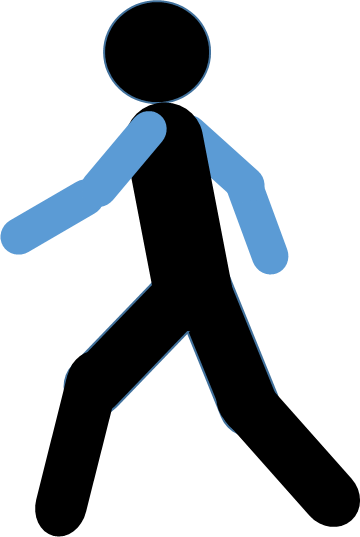Constitutive protein expression of monocyte chemotactic protein-1 (MCP-1) by myelomonocytic cell lines and regulation of the secretion by anti- and proinflammatory stimuli
Abstract
We have investigated the protein expression of the chemokine monocyte chemotactic/chemoattractant protein-1 (MCP-1) in various human myelomonocytic leukemia cell lines. Applying specific ELISA, we demonstrated that this chemokine is produced constitutively by the cell lines HL-60, ML-2, MONO-MAC-6 and MUTZ-3 ranging between 440 and 1400 pg/ml MCP-1 per million cells. In the culture medium of two other unstimulated cell lines, MONO-MAC-1 and THP-1, almost no MCP-1 was detected. Stimulation of HL-60 and MONO-MAC-6 with lipopolysaccharide (LPS), and stimulation of ML-2 and MUTZ-3 with 12-tetradecanoyl phorbol 13-acetate (TPA) dramatically increased the MCP-1 level in the culture medium. The highest amount of MCP-1 (> 80 ng/ml within 24 h) was achieved by TPA stimulation of MUTZ-3 cells. Out of 15 cytokines tested for induction or enhancement of MCP-1 secretion, interleukin-3 (IL-3), IL-6, interferon-gamma (IFN-gamma), granulocyte-macrophage colony-stimulating factor (GM-CSF), macrophage colony-stimulating factor (M-CSF) and tumor necrosis factor (TNFalpha) were able to augment (twofold to 12-fold) the MCP-1 level in the culture medium of MONO-MAC-6 cells. While the antinflammatory cytokines IL-4, IL-10 and IL-13 failed to suppress MCP-1 secretion, the glucocorticoid dexamethasone strongly inhibited the MCP-1 production of unstimulated and stimulated MONO-MAC-6 cells. Thus, several regulatory elements are involved in MCP-1 secretion. Despite the quantitative differences of MCP-1 production among the cell lines analyzed, our results demonstrated a constitutive secretion in differentiation-arrested myelomonocytic leukemia cell lines and emphasize the usefulness of these malignant cell lines as models to study MCP-1 secretion and regulation.
| Authors: | Steube, K.G., Meyer, C., Drexler, H.G |
|---|---|
| Journal: | Leuk. Res., 23:843-849 |
| Year: | 1999 |
| PubMed: | Find in PubMed |

